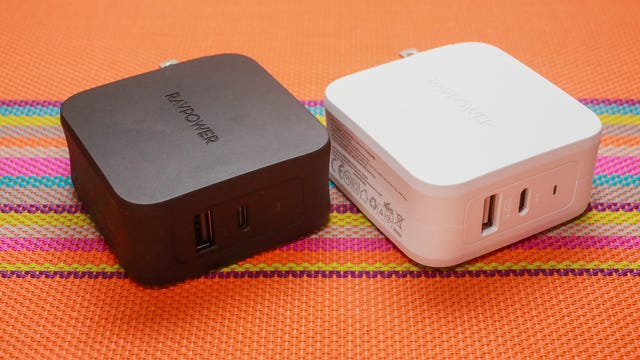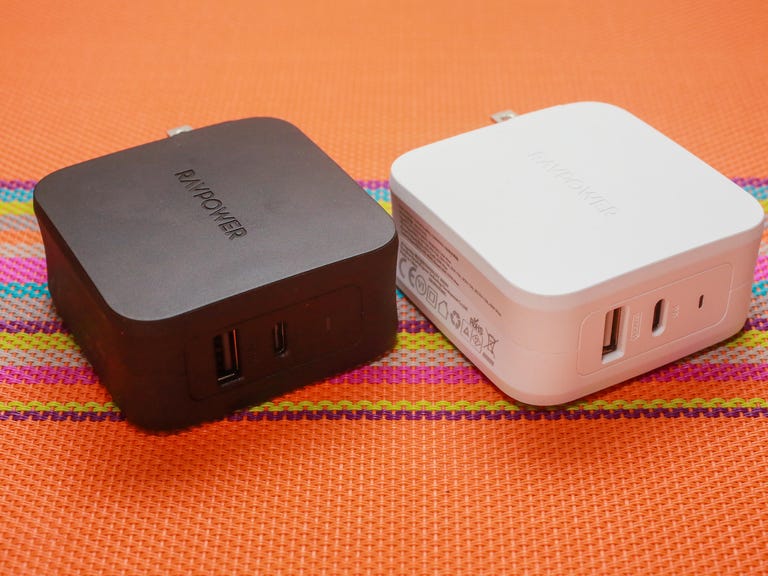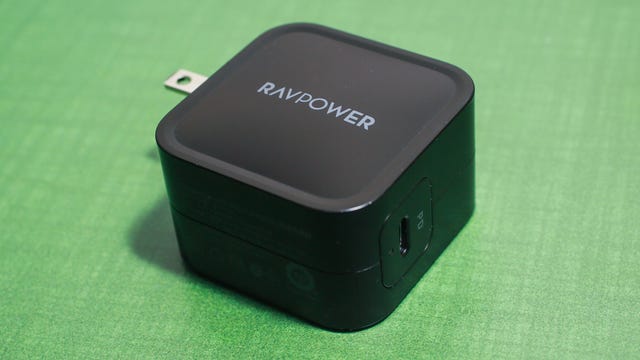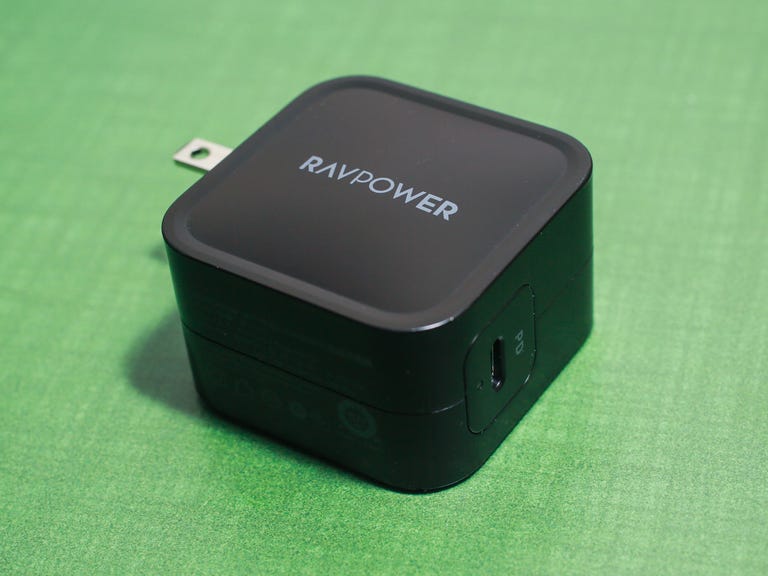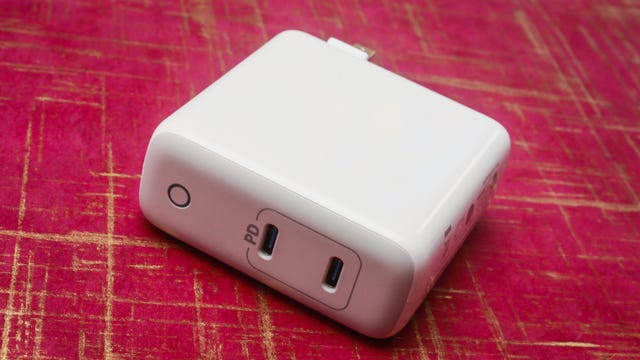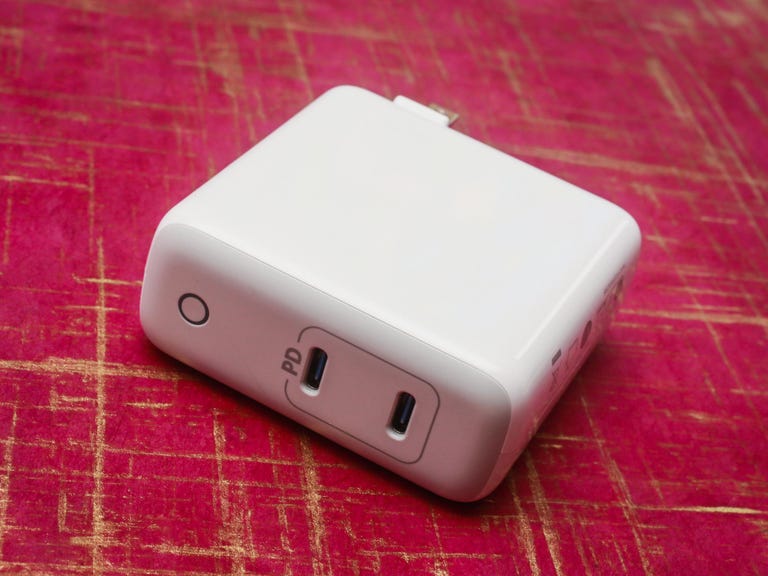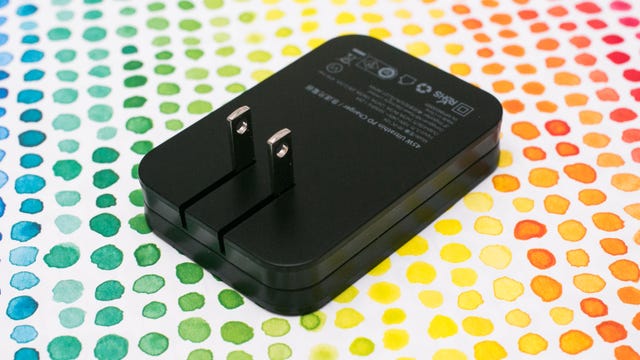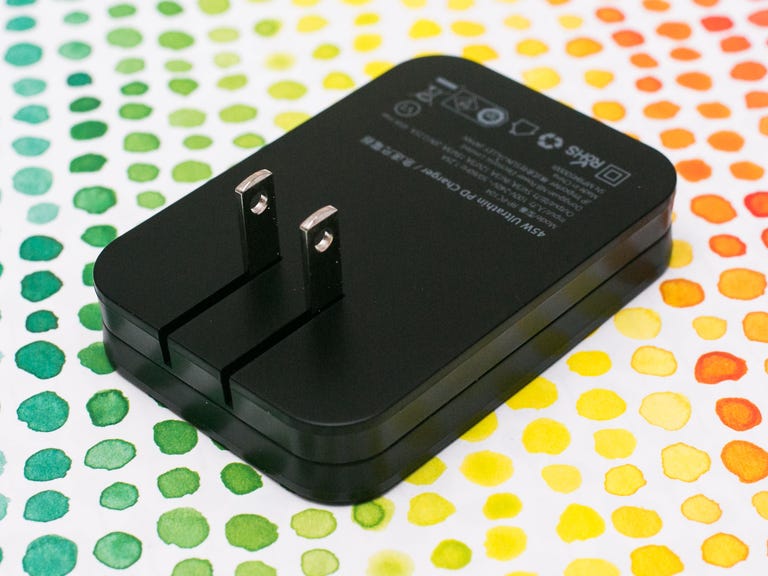 Why You Can Trust CNET
Why You Can Trust CNET
From your phone and tablet to laptop and wireless headphones, all gadgets have their own rechargeable batteries. And having a separate charger for each one can be frustrating and frankly a waste of space. Many people own far too many devices to be carrying around a separate cable and charger for each one. Thankfully, you don’t need a separate wall charger or outlet or cable for each device. That’s because the vast majority of modern devices — including newer laptops — can be charged with a one-size-fits-all USB-C charging technology: USB-C power delivery or USB-C PD.
OK, that’s a bit of an exaggeration — but not much. The fact of the matter is that if you’re packing the right kind of charging cable (or dongles), and your laptop or device was released in the past couple of years, you’ll be in very good shape. The key is getting one of the latest and greatest USB-C power delivery chargers. I spent a few weeks testing some of them and I’ve found some go-to choices for fast charging on the go.
This list goes way beyond a simple phone charger. A few commonalities to the models we focused on: Most of these use a new material called gallium nitride, or GaN, that enables high-power adapters to be made in much smaller sizes. As a result, these adapters generally deliver 60 watts of power output or better, putting them in the same ballpark as the 65-watt chargers that many laptops ship with.
Most of our top picks below include dual charging outputs instead of one, allowing for simultaneous charging of multiple devices. And they all have folding AC prongs for easy travel. We also want to note, we didn’t include car charger options here, but if you’re in the market for a USB car charger, check this one out.
If you’re looking for the best USB-C charger, read on to see which of the tried and true devices below will charge best for you.
All of the products below have been independently chosen and tested by CNET editors. We’ll update this list periodically.
Read more: Best Portable Chargers and Power Banks for iPhone
How we selected USB-C PD chargers
You’ll notice this list encompasses only two brands: Anker and RAVPower. We focused on them because of our earlier positive experience with both brands. Also, we’ve seen some of these fast charging products get enthusiastic mentions on shopping sites like The Inventory, and their Amazon user reviews are generally overwhelmingly positive, regardless of whether people are talking about android, Apple, Kindle, really any kind of device.
In our tests (see below), the Anker and RAVPower models performed very closely to one another. But the reason the final list skews almost totally to RAVPower is that the company is just killing it in the value arena. In nearly every head-to-head match-up, the RAVPower charger beats its equivalent Anker model on price. But, if you see an Anker PowerPort model on sale, it’s certainly worth scooping up.
Read more: Best Portable Chargers and Power Banks for Android Devices
We’re not saying that there aren’t other good brands out there, but now that we’ve tested the ones listed above, we can confirm that they deliver great value for the money. If and when we see viable alternatives at these price points, we’ll update this story accordingly.
How we tested USB-C PD chargers
I did my own anecdotal testing on these models by running three products down to zero battery life, charging them up and checking the battery life indicator at intervals of 30, 60 and 90 minutes. The USB devices I used were a 2019 MacBook Air, a recent HP Spectre x360 Convertible and an iPhone X.
In most cases, I ran at least two runs per charger per product and averaged them together if they came within a reasonable percentage of each other. The asterisk indicates dual-port chargers that were charging with a cable for the laptop and a cable for the iPhone simultaneously.
Charging speed, compared
| Charger | Device | 30 min. | 60 min. | 90 min. |
|---|---|---|---|---|
| RAVPower Dual-Port* | HP laptop | 46% | 64% | 81% |
| RAVPower Dual-Port* | MacBook Air | 38% | 65% | 85% |
| RAVPower Dual-Port* | iPhone X | 39% | 73% | 91% |
| RAVPower PD 3.0 | HP laptop | 50% | 71% | 94% |
| Anker Atom PD 2* | MacBook Air | 28% | 54% | 80% |
| Anker Atom PD 2* | iPhone X | 44% | 75% | 90% |
Tips for using USB-C power delivery chargers
Make sure your device is compatible. If you have a small device to plug in with a cable — smartphones (whether Apple or Android smartphones), wireless headphones, iPad, Nintendo Switch and so forth — all of these chargers will almost certainly be compatible. And most of them will charge those products at a faster speed — sometimes a far faster speed — than the default charger that came with the device. For Macs, it’s easy: If your Apple laptop has a USB-C port, it will accept power delivery chargers, while older models with MagSafe power adapters won’t. On the PC and Chromebook side, it’s trickier: Most — but not all! — new laptops with USB-C ports support power delivery charging (even if they also have a traditional proprietary charging port). Check the manufacturer’s support documentation to verify.
Get the right charging cable. The reason the RAVPower dual-port model is our top pick is that it’s truly a universal charger: It will power any standard USB or USB-C device using your old-fashioned USB-A connector or newer USB-C charging cable. But if you get one of the other models above with only a USB-C output, you’ll need to make sure you get a compatible cable, such as:
- USB-C to USB-C cable (for MacBooks, newer iPad Pros, PCs and Chromebooks and some newer accessories like speakers and headphones)
- USB-C to Micro-USB cable (for many current and older accessories, including most non-Apple wireless headphones and devices)
- USB-C to Lightning cable (for all iPhones, most iPads, AirPods and other Apple accessories)
Make sure the connections are secure. In at least one test, I came back to a laptop 30 mins later and found it didn’t charge at all. It turned out that one side of the cable was just half a millimeter too shallow in the laptop port, preventing a full connection.
Buy a USB-C compatible device. Slowly but surely, the entire electronics industry is moving over to USB-C as a common standard for data and power. While Apple’s Lightning port remains a huge exception to the rule, the affordable Lightning-to-USB-C cable has bridged the charging gap. Meanwhile, expect Micro USB to become more of an endangered species in the years ahead. When and where you can, try to opt for a USB-C device, cable and charger as you shop for things like battery packs, wireless headphones, tablets and other peripherals to plug-in. It’s a great way to future-proof your gadgets.
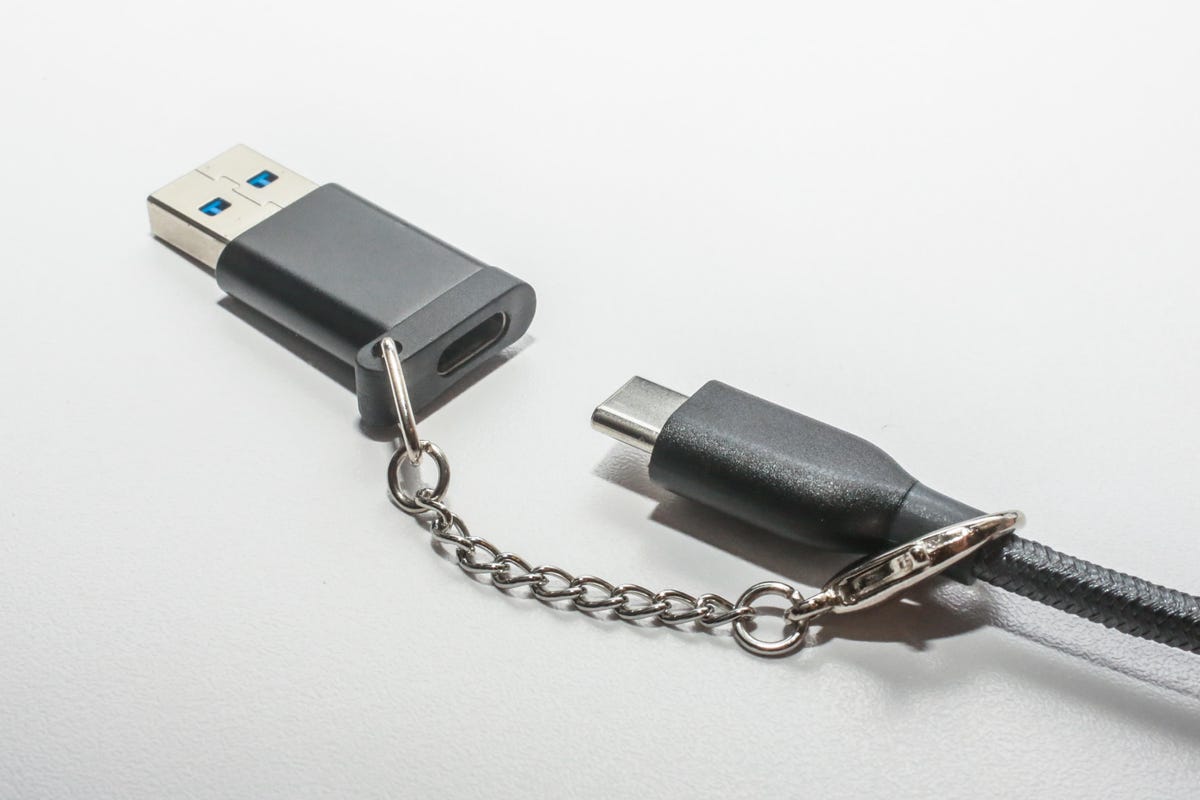
Keep a few USB-C to USB-A dongles on hand. Yes, USB-C power is pretty great — except that nearly every airline seat, coffee shop, airport lounge and hotel room now seems to be equipped with those old-fashioned USB-A charging ports. That’s why it never hurts to keep some adapters on hand for your device. The Elebase dongle shown above includes an integrated keychain that keeps it attached to the main cable. Not exactly elegant, but it gets the job done — at $9 per pair.



